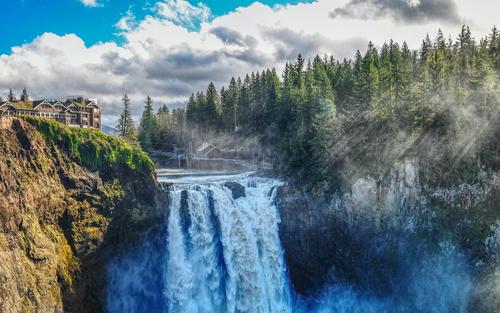Fitness is an important concept in evolutionary biology, but it can be confusing due to its two different meanings: fitness and relative fitness. Understanding the differences between the two concepts is essential for comprehending how evolution works.
First, let’s define fitness and relative fitness. Fitness refers to an organism’s ability to survive and reproduce in its environment. It’s a measure of how successful an organism is at passing on its genes to future generations. Relative fitness, on the other hand, is the fitness of an organism compared to the most fit individual in a population. It’s a measure of the organism’s success relative to its peers.
While both concepts deal with an organism’s ability to survive and reproduce, they represent different aspects of the evolutionary process. Fitness relates to absolute success in passing on genes, while relative fitness compares success to others in a population.
To illustrate the difference, imagine a population of birds with two different beak sizes. Larger beaks are more effective at cracking open hard seeds, while smaller beaks are better suited for softer seeds. In this case, both large and small beaks have high fitness levels because they allow birds to survive and reproduce successfully. However, the birds with larger beaks may have higher relative fitness if hard seeds are more abundant in the environment than soft seeds.
Understanding the differences between fitness and relative fitness is critical to understanding how natural selection works. Natural selection is the process by which advantageous traits are passed on to subsequent generations, while unfavourable traits are eliminated. In a given population, traits that provide a fitness advantage are more likely to be passed on, leading to the evolution of the species.
In conclusion, fitness and relative fitness are both important concepts in evolutionary biology. Fitness refers to an organism’s ability to survive and reproduce, while relative fitness is a comparison of an organism’s success to others in the population. By understanding these ideas, we can better comprehend how natural selection works and how species evolve over time.
(Note: Do you have knowledge or insights to share? Unlock new opportunities and expand your reach by joining our authors team. Click Registration to join us and share your expertise with our readers.)
